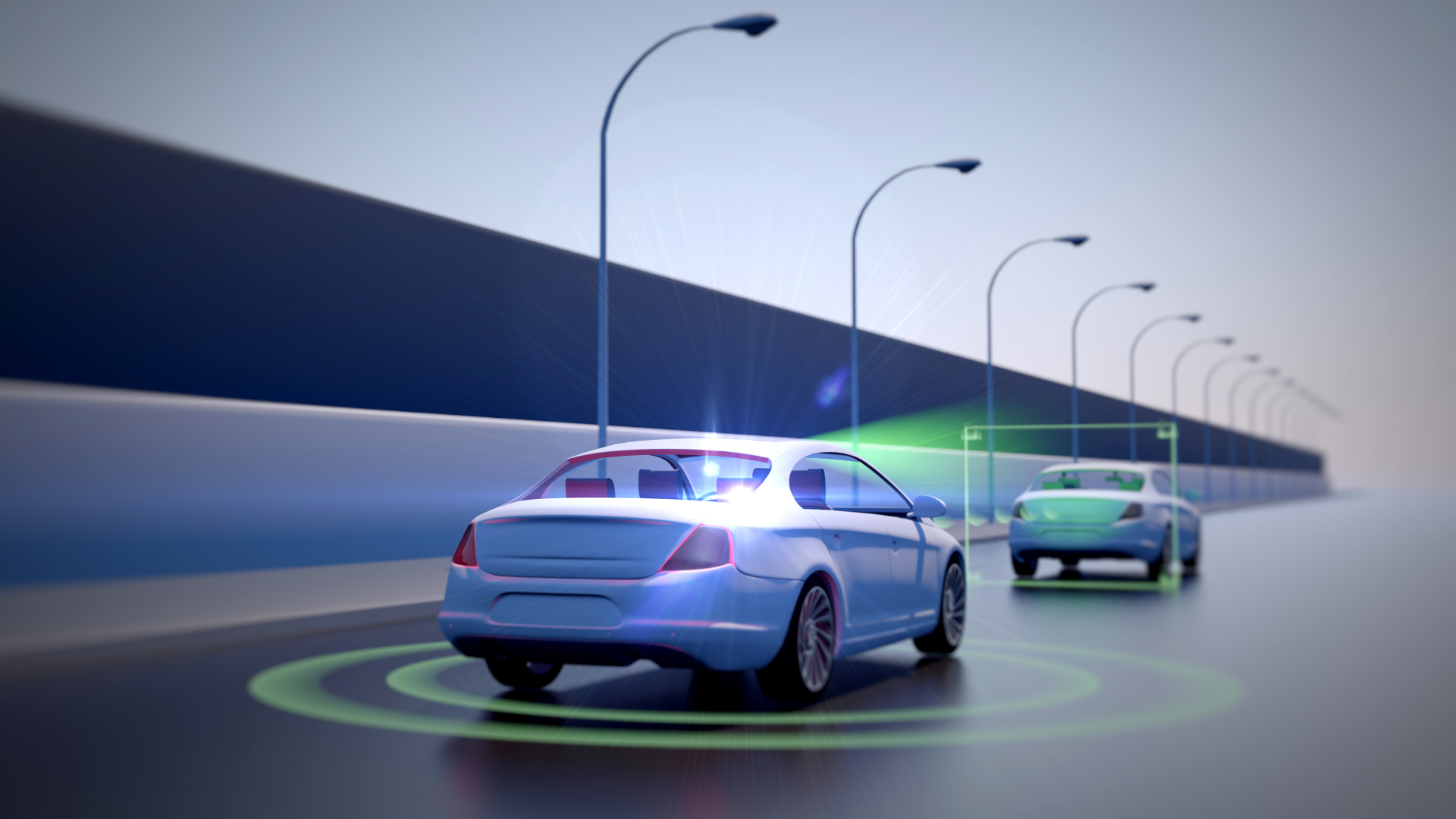
The automotive industry is poised to make a major leap forward with fully autonomous vehicles. It’s been around for some time, but it’s only recently that it’s been making headlines. Autonomous driving is the technology that allows a vehicle to drive itself, without any human intervention.
It’s a game changer in many ways—not only does it reduce accidents and fatalities due to human error, but it also paves the way for greater efficiency and productivity in our daily lives.
In this post, we’ll take a look at what autonomous driving is and how it works.
What is Autonomous Driving?
Autonomous driving is the ability of a vehicle to drive itself without human intervention. This technology has the potential to revolutionize transportation, making it safer and more efficient. There are different levels of autonomy, from Level 0 (no automation) to Level 5 (fully autonomous). Currently, most vehicles on the road are at Level 0 or 1.
There are many benefits of autonomous driving, including improved safety, increased efficiency, and greater accessibility for those with disabilities or who cannot drive for other reasons. One study found that self-driving cars could eliminate up to 90% of car accidents in the United States alone. Autonomous vehicles also have the potential to reduce traffic congestion and save billions of gallons of fuel each year by optimizing routes and reducing idling time.
The development of autonomous driving technologies is ongoing, with major automakers and tech companies investing heavily in research and testing. While there are still some challenges to overcome before fully autonomous cars become a reality—including regulatory hurdles—it is clear that this technology will play a transformative role in how we get around in the years ahead!
What are the 5 Levels of Autonomy?
There are 5 levels of autonomy according to the American Association of Motor Vehicle Administrators:
- Level 0: No Automation! At all times, the driver has full and exclusive control of the vehicle. All safety-critical functions are performed by the human driver.
- Level 1: Function-Specific Automation! One or more specific control functions are automated, but not enough for safe operation without constant supervision by a human operator who remains responsible for monitoring roadway conditions and responding as necessary.
- Level 2: Combined Function Automation! Two or more integrated systems work together automatically to assist the human driver with both steering and acceleration/decelerating, but a human operator must remain vigilant and ready to take over driving if needed.
- Level 3: Limited Self-Driving Automation! The car can drive itself under certain conditions (like on highways), but a human backup driver must be present at all times since there will be situations where manual intervention will still be required.
- Level 4: Full Self-Driving automation! The car can drive itself under most circumstances, though there may still be some instances where manual override is necessary (e.g., inclement weather conditions).
How Does Autonomous Driving Work?
Autonomous driving is an emerging technology that has the potential to revolutionize transportation. But how does it work?
The basis for autonomous driving is artificial intelligence (AI), which enables computers to learn and make decisions on their own. When it comes to vehicles, this means creating algorithms that can interpret data from sensors and make real-time decisions about navigation, speed, braking, and so on.
Of course, developing AI systems that are safe enough to be used in self-driving cars is no easy task. To ensure safety, these systems must be rigorously tested before they are deployed on public roads. Additionally, there need to be mechanisms in place so that humans can take over control of the car if necessary.
What all can Autonomous Driving Do?
Autonomous driving is an emerging technology that has the potential to revolutionize transportation. Here are some of the things autonomous vehicles can do:
- Drive themselves: This is the most obvious capability of autonomous vehicles. With sensors and computer vision, they can navigate roads without human input.
- Communicate with each other: Autonomous vehicles can communicate with each other wirelessly, exchanging information about their location, speed, and intentions. This allows them to coordinate their movements and avoid collisions.
- Park itself: Once you’ve arrived at your destination, an autonomous vehicle can park itself – no need for a valet or parking garage attendant!
- Recharge itself: Another great feature of electric autonomous vehicles is that they can recharge themselves when needed. When connected to the right infrastructure, they simply drive up to a charging station, plug in, and top off their batteries!
Are there any Drawbacks of Autonomy in Driving?
There are many potential benefits to autonomous driving, including increased safety and efficiency on the road. However, there are also some potential drawbacks that should be considered before fully implementing this technology.
- One such drawback is the possibility for decreased employment in certain sectors, specifically those related to transportation and logistics. With self-driving cars becoming more prevalent, there will likely be a decrease in demand for human drivers, leading to job losses in these industries.
- Additionally, while autonomous vehicles may improve safety overall, they could also lead to new types of accidents and injuries if not properly implemented or regulated. For example, if a driverless car encounters an unexpected situation on the road (e.g., a child running into the street), it might not react as quickly or effectively as a human driver would – potentially resulting in injury or even death.
- Finally, autonomous driving could also have negative implications for privacy, as sensors and cameras inside these vehicles would collect a wealth of data about passengers (e.g., their location, destination, etc.). If this data falls into the wrong hands, it could be used for nefarious purposes.
The Bottom Line
Autonomous driving is the future of transportation, and it’s not just a matter of convenience—it’s a matter of safety.
As we’ve seen, there are many different types of autonomous driving systems, but they all have one thing in common: they make driving safer by taking the human out of the equation.
This means that collisions caused by distracted or drunk drivers will become a thing of the past. It also means that cars will be able to drive themselves in ways that are impossible for humans—for example, in heavy traffic or in difficult weather conditions!




